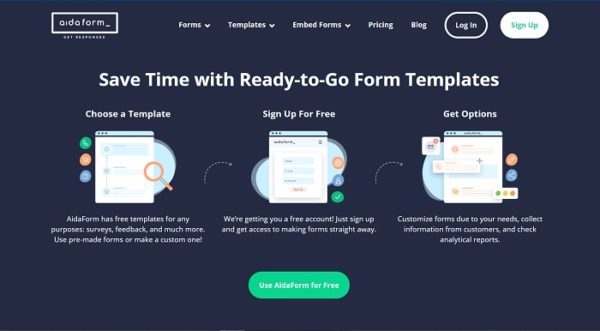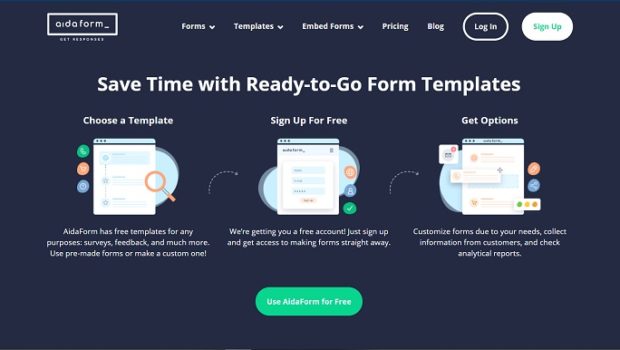How to Conduct a Survey for a Student Project
Preparing projects in the form of surveys is one of the recent methodologies used in colleges and schools for students. Surveying as a student means to gather, collect, analyze, and conclude data, on their own. The data needs to be collected carefully and handled precisely. Therefore, it can seem difficult for some students. But the survey project assists in enhancing the communication skills and research abilities of the students.
Overview
A survey is a study of the opinions, behavior, and ideas of a particular group of people over a specified topic. A group of questions is set, particularly in a survey to gain a view of people on a given subject. The data collected can be used as the basis for research and developing conclusions and theories later on. Commonly a questionnaire is prepared for conducting a survey, and people are interviewed based on it.
Designing the Survey
When you have to start designing a survey for a project, the first thing to keep in mind is the subject. Here, the subject means the topic related to the project on which the survey has to be conducted particularly. Start with the basics of the subject while keeping the target audience in mind.
When you are surveying as a student, most probably, your target audience will be the fellow learners, teachers, and other staff members. If you also wish to question people outside the campus, your target audience and purpose should be very definite. The survey can be about a specific toward a certain age group, or a particular geographical group.
Another target audience could be business people, particular industry related people, specific consumer groups, which can be the right target audience according to the topic of the survey project. The main step that one needs to follow while preparing a survey project is as below:
- Identifying and understanding the topic of research.
- Clearly define the purpose of the survey
- Identify your target audience
- Deliberately prepare the questions
- Recheck and verify your questionnaire
- Mostly try including closed-ended questions, that has mainly yes and no as an answer.
- You can include a few open-ended questions at the end of your questionnaire.
- Carefully review and conclude the data that you have gained through your research.
When setting the questions, make sure that the questions are to the point and related to your target audience. You can take the help of the survey template for improving efficiency and quickly starting the research work.

For more complex questions, opt for multiple-choice based questions. It is always better to keep the question brief, and as short as possible. Because people will always be willing to answer fewer questions as compared to the long list of inquiries, you can give examples to people in case they do not understand your questions clearly so that you get accurate answers.
A long survey will consume more time and also cause hindrance in collecting answers. If the inquiries are simple to understand for the audience, the answers collected will also be simple to interpret and understand. You must also focus on the period in which you have to finish the surveying process.
Effective Survey Sampling
A sampling of the survey is one of the important features in designing and conducting the study. It defines the number and kind of the audience that will be participating. To precisely carry on survey sampling, the following points are essential to be taken care of:
Survey Population
Understanding the survey population before beginning the process. It is critical for projects that will take changes happening over time into consideration.
Diversity
The audience must be relatable in one way but also need to be diverse in other portions. If all the audience is from the same background, the answers can be biased and concentrating on a mere single fact only.
Clarity
There must be utmost transparency and authenticity while conducting the research. It is the duty of the surveyor that the anonymity of the audience must be kept, and the purpose of the research must be clear to the audience.
Conducting the Survey
After setting the right audience and setting the questions, it is time to start the survey. For the most effective outcomes, it is always best to ask the questions face-to-face with the audience.
Keeping an additional paper with you to record any additional details given by the interviewee is always a good idea. For questioning all the targets in person, you have to go to every individual one by one. It is the best method when the target audience is less in number, and data have to be very specific. For a mass audience, there is an alternative for conducting online surveys. These types of surveys are much easier to interpret later on and are less time-consuming.
Response Analysis
After acquiring the data required, you must now start analyzing it. To analyze the responses means interpreting the data and defining the final results of the project. The conclusions must be made, and recommendations must be added, if any.
Representation of the survey project
In the end, you must know how to represent it so that the viewer can comprehend results in no time and the easiest way possible. The steps are needed to be followed in a specific order. The order is as such
- Title Page
- Contents page
- Summary
- Purpose of the research
- Survey Sample
- Research Methodology
- Conclusion and Recommendations
- Appendix
As a student, you may follow the above guidelines and complete your survey project with great accuracy. Good luck researching
















